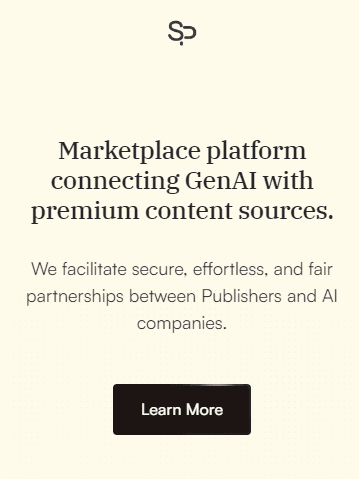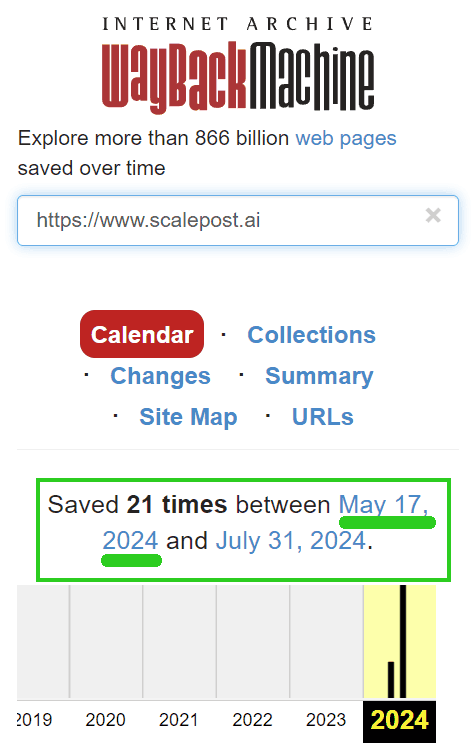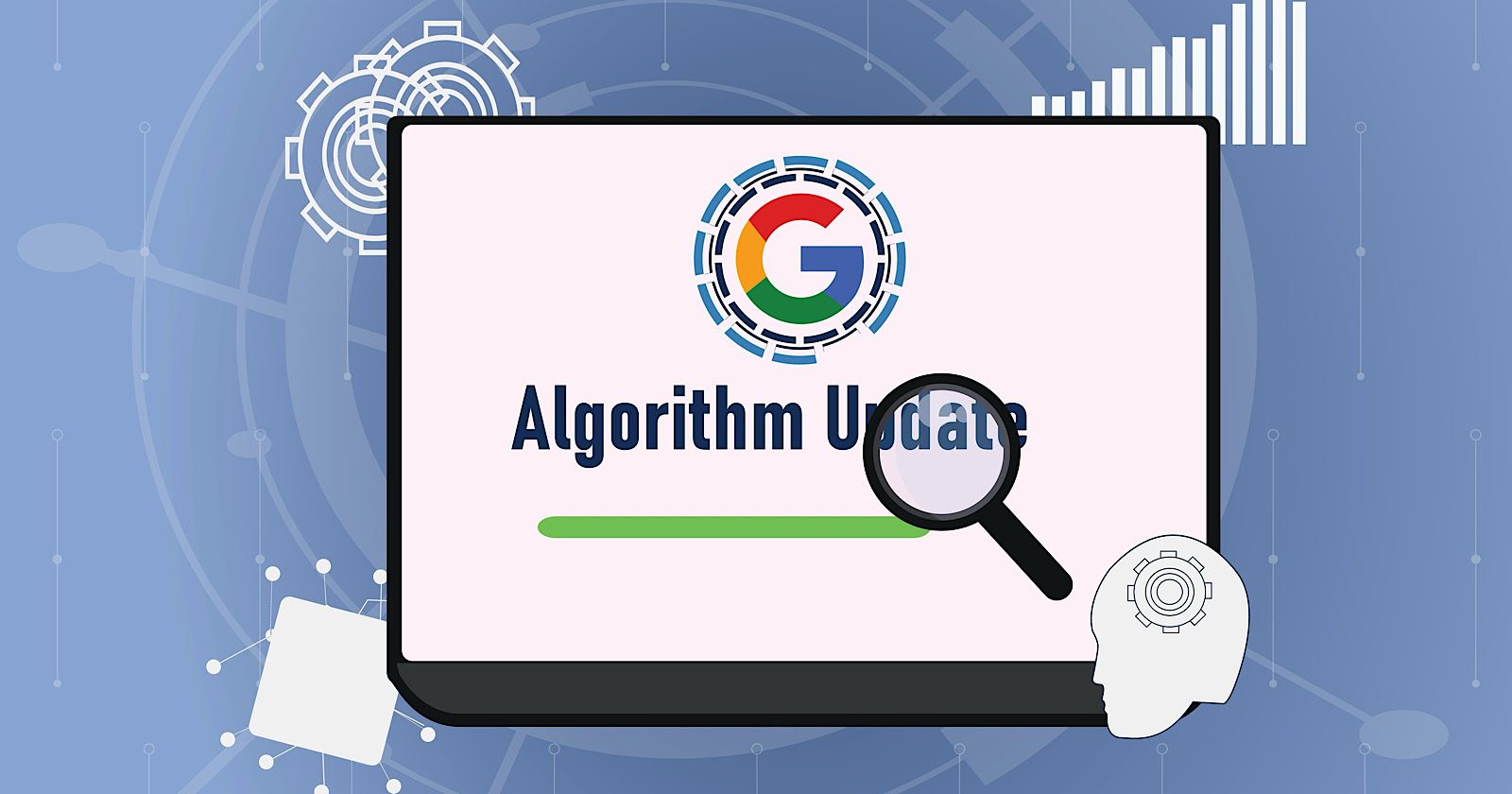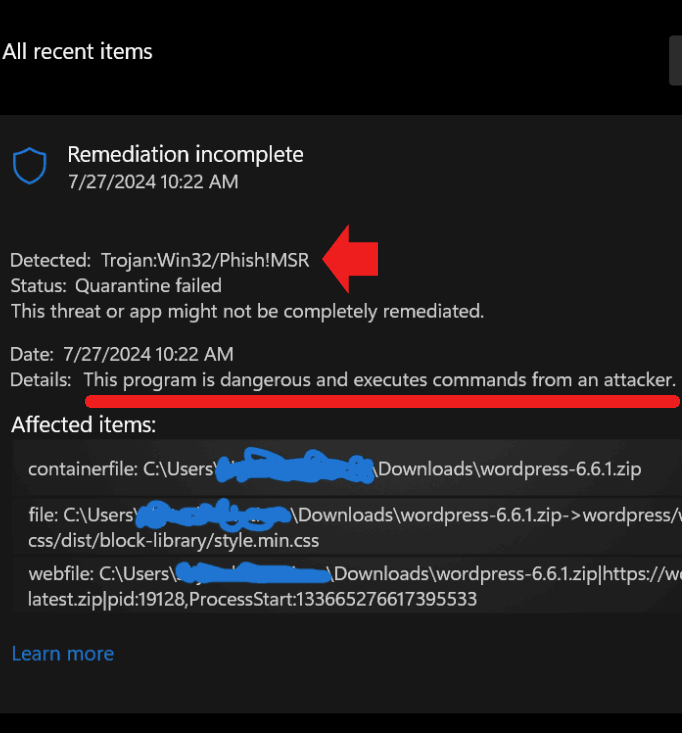Google Introduces INP Improvement For Publisher Tag Ads Library via @sejournal, @MattGSouthern

Google has released an update to its Publisher Tag Ads Library, introducing a new feature to improve Interaction to Next Paint (INP) scores.
The update focuses on yielding during out-of-viewport ad slot insertions when using Single Request Architecture (SRA).
INP Improvement: Focus On Ad Loading Efficiency
The new feature allows for more strategic ad loading, particularly for ad slots not immediately visible to users.
The ad library prioritizes more immediate content and interactions by yielding to these out-of-viewport insertions, potentially improving INP scores.
Gilberto Cocchi was first to notice this update:
Google Publisher Tag Ads Library just released an INP specific improvement Yielding on out of viewport ad slots insertions via SRA.
Publishers can also decide to yield on every slot including the in-viewport ones by using the adYield Config option. pic.twitter.com/ODpe3tkC0D— Gilberto Cocchi (@gilberto_cocchi) July 30, 2024
New adYield Config Option Introduced
Google has also introduced an adYield Config option, giving publishers additional control over ad loading behavior.
This setting allows publishers to extend yielding to all ad slots, including those within the viewport, offering more flexibility in managing site performance.
Potential Impact On INP Scores
The update may affect INP scores, a Core Web Vital metric that measures page responsiveness to user interactions.
Lower INP scores generally indicate better performance, which can influence search engine rankings and user experience.
Upcoming August CrUX Report
The full impact of this update will become more apparent with the release of the next Chrome User Experience (CrUX) report, expected on September 10th.
This report will provide data on INP measurements across websites using the updated Google Publisher Tag Ads Library.
It should provide concrete data on how this update affects real-world INP scores.
INP’s Relevance For Publishers
Since its introduction as a Core Web Vital, INP has become an important metric.
It reflects a site’s responsiveness to user actions and can influence user engagement.
As Google continues emphasizing page experience in ranking systems, INP improvements could affect search visibility.
Implementing The New Feature
Publishers can access this new functionality by updating their Google Publisher Tag implementation.
The adYield Config options are detailed in the library’s documentation. Google advises testing various configurations to determine the best setup for individual site needs.
This update to the Google Publisher Tag Ads Library represents efforts needed to address the balance between ad delivery, site performance, and user experience in digital publishing.
FAQ
How does the new Google Publisher Tag Ads Library update improve Interaction to Next Paint (INP) scores?
This update improves smart ad loading, especially for ads off-screen. It prioritizes visible content and user interactions to boost INP scores, potentially helping SEO.
The new adYield Config lets publishers extend ad-yielding to all ad slots, including visible ones, for better performance control.
What is the adYield Config option, and how does it benefit publishers?
Google’s new adYield Config setting gives publishers better control over ad loading. It extends yield to all ad slots, even those immediately visible.
Key benefits:
- More ad loading control
- Flexible performance management
- Potential UX and page responsiveness boost
This could indirectly improve INP scores and search visibility.
What is the potential impact of the Google Publisher Tag Ads Library update on INP scores?
This update aims to boost INP scores by delaying ad insertions outside the visible screen area. Better INP scores mean more responsive pages, which can impact search rankings and user experience. Publishers who use this update might see better search visibility.
The full impact will be shown in the next CrUX report, due September 10th.
Featured image: se_vector/Shutterstock










